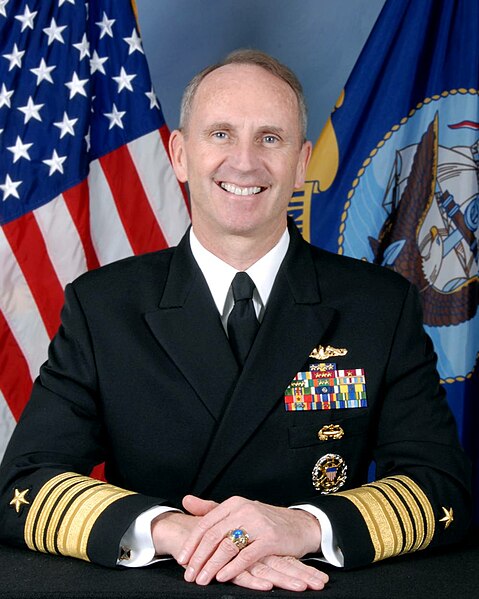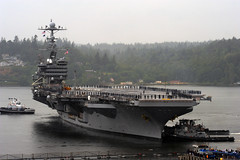The largest combined Australian and United States military training exercise, Talisman Sabre 2011 (TS11), concluded with a closing ceremony at Camp Rocky, Rockhampton on Thursday.
The ceremony featured a media briefing with Australian spokesperson Brigadier Bob Brown and activities for the U.S. and Australian troops involved in the Exercise.
Talisman Sabre is a biennial military exercise that trains Australian and U.S. forces to plan and conduct combined task force operations to improve combat readiness and interoperability on a variety of missions, from conventional conflict to peacekeeping and humanitarian assistance efforts.
“This exercise has been two years in the planning, and we have had a highly successful outcome,” said Brigadier Bob Brown.
Exercise Talisman Sabre 2011 featured 14,000 U.S. and 8,500 Australian personnel across six defence training areas in Queensland and the Northern Territory. Maritime forces exercised in the Coral, Timor and Arafura Seas.
“Exercise Talisman Sabre 2011 is an excellent opportunity for us to conduct operations in a combined and joint environment, which will increase the U.S. and Australian capabilities to both respond to crises in this region and provide humanitarian assistance when called upon,” said Colonel Andrew MacMannis, commanding officer of the 31st Marine Expeditionary Unit (MEU).
“We look forward to training with our Australian counterparts and reinforcing our security responsibilities in the Pacific region.”
The 31st MEU took part in an amphibious landing on Freshwater Beach, Queensland on July 19, which involved more than 15 amphibious assault vehicles and 350 Marines and sailors.
In addition to the amphibious landing, training operations during Talisman Sabre included urban operations, strategic forced insertion by a parachute drop, refugee camp simulations and air-to-air combat operations.
Several military and humanitarian assistance scenarios were also conducted with U.S. and Australian interagency participation.
“We have worked, eaten and trained alongside each other at sea, on the ground and in the air,” said said Brigadier Bob Brown .
“In doing so we have developed new and lasting friendships between us and our U.S. counterparts. The deep and enduring bond between the people of our armed forces has only been enhanced by the successful conduct of Exercise Talisman Sabre 2011.”
In addition to the 22,500 troops, Exercise Talisman Sabre 2011 involved an estimated 18 sea vessels, 25 aircraft and 1,500 road vehicles.
Other Links:










_transits_the_Gulf_of_Aden_in_preparation_for_a_underway_replenishment_at_s.jpg/800px-US_Navy_110620-N-ZS026-207_The_amphibious_assault_ship_USS_Boxer_(LHD_4)_transits_the_Gulf_of_Aden_in_preparation_for_a_underway_replenishment_at_s.jpg)










.jpg/750px-USS_Boxer_5Avn_(USN).jpg)


